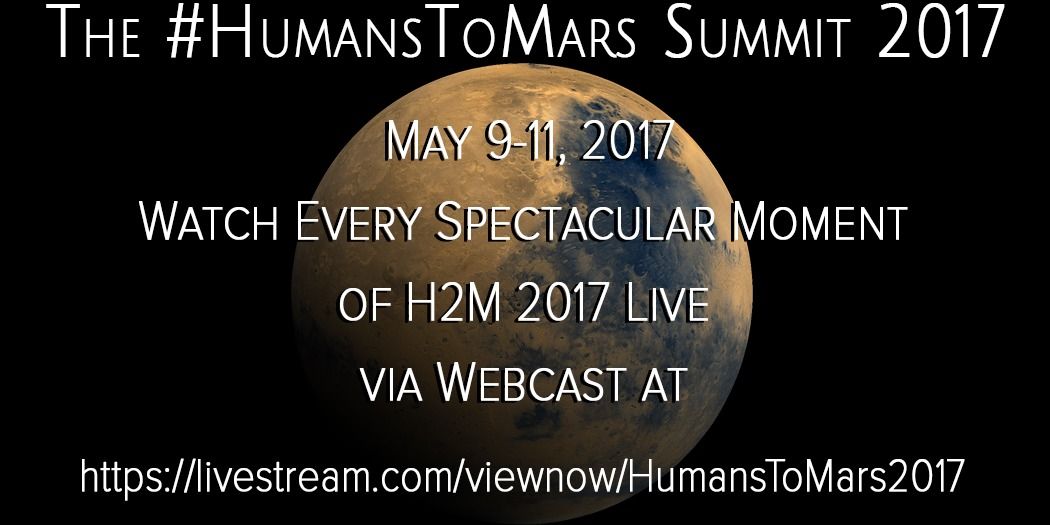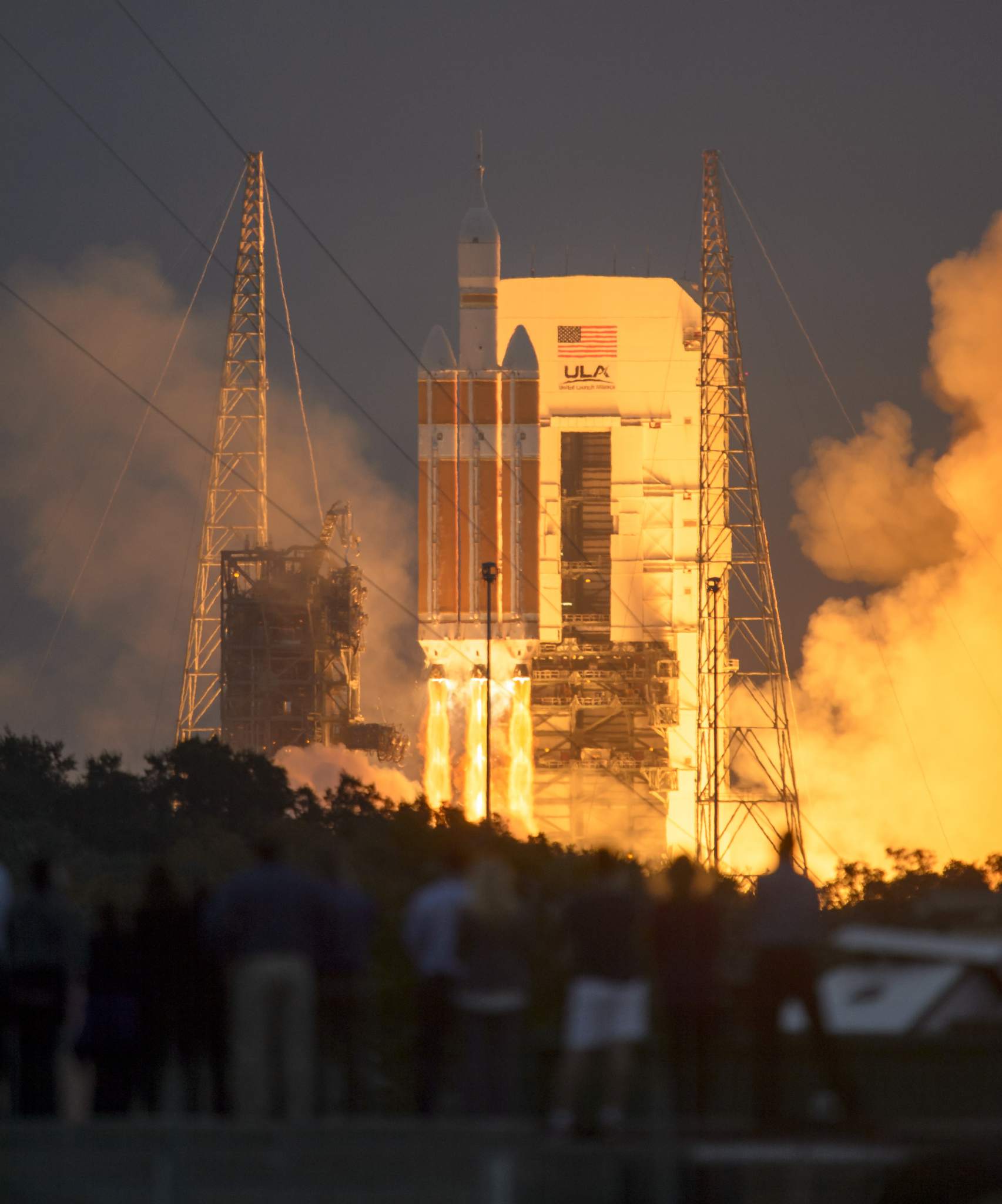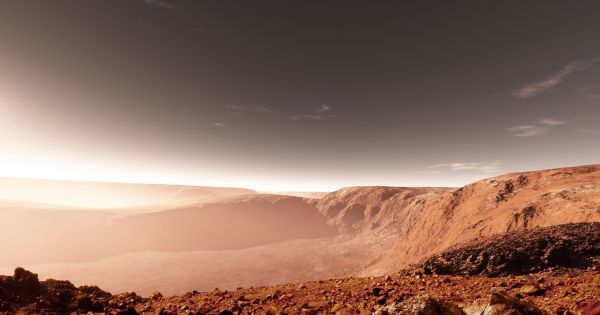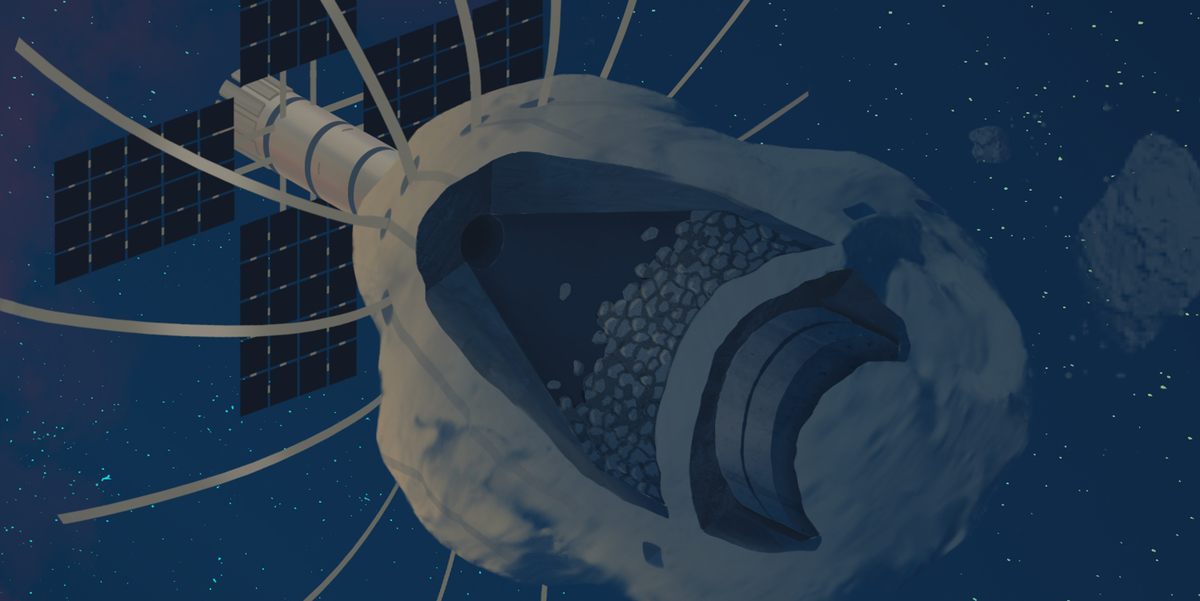Archive for the ‘space travel’ category: Page 445
May 3, 2017
Lets the small satellite space revolution begin
Posted by Klaus Baldauf in category: space travel

By combining ion thruster technology with techniques used for high precession etching in the semiconductor industry, we made electric propulsion as simple as possible yet with improved performances
May 3, 2017
3D Printing The Next Five Years
Posted by Klaus Baldauf in categories: 3D printing, security, space travel
This is a guest post in our series looking at the future of 3D Printing. To celebrate 5 years of reporting on the 3D printing industry, we’ve invited industry leaders and 3D printing experts to give us their perspective and predictions for the next 5 years and insight into trends in additive manufacturing.
Brian O’Connor is Vice President, Production Operations at Lockheed Martin Space Systems. Lockheed Martin is a global security and aerospace company that employs approximately 97,000 people worldwide and is principally engaged in the research, design, development, manufacture, integration and sustainment of advanced technology systems, products and services.
How lockheed martin is printing the path to mars by brian o’connor.
May 3, 2017
Rep: #TheRaceforSpace
Posted by Brett Gallie II in categories: Elon Musk, solar power, space travel, sustainability

Congressman Charlie Crist on Elon Musk’s space efforts in Florida: “What Mr. Musk has been able to do [with SpaceX and solar energy] is nothing short of extraordinary.”
May 2, 2017
Our Future Space Colonies Could Be Built Using Super-Strong Martian Bricks
Posted by Klaus Baldauf in categories: materials, space travel
Scientists have created bricks harder than concrete by compressing simulated Martian soil. Hypothetically, this means we could significantly bring down the cost of constructing shelters when we finally reach Mars.
The world is intent on sending humans to Mars, but the feasibility of Martian travel is dependent on cost. That’s why staying within budget is potentially the biggest challenge facing NASA’s recently released five-year plan detailing how humans will get to Mars. It’s also the reason SpaceX is pushing to make reusable rockets.
May 1, 2017
The future we’re building — and boring
Posted by Brett Gallie II in categories: Elon Musk, space travel, sustainability
Elon Musk discusses his new project digging tunnels under LA, the latest from Tesla and SpaceX and his motivation for building a future on Mars in conversation with TED’s Head Curator, Chris Anderson.
Apr 30, 2017
China and Europe May Build A “Moon Village” in the 2020s
Posted by Andreas Matt in categories: 3D printing, space travel

In recent years, multiple space agencies have shared their plans to return astronauts to the Moon, not to mention establishing an outpost there. Beyond NASA’s plan to revitalize lunar exploration, the European Space Agency (ESA), Rocosmos, and the Chinese and Indian federal space agencies have also announced plans for crewed missions to the Moon that could result in permanent settlements.
As with all things in this new age of space exploration, collaboration appears to be the key to making things happen. This certainly seems to be the case when it comes to the China National Space Administration (CNSA) and the ESA’s respective plans for lunar exploration. As spokespeople from both agencies announced this week, the CNSA and the ESA hope to work together to create a “Moon Village” by the 2020s.
Continue reading “China and Europe May Build A ‘Moon Village’ in the 2020s” »
Apr 27, 2017
The changing space race | The Economist
Posted by Odette Bohr Dienel in categories: business, government, space, space travel

https://www.youtube.com/watch?v=wihUvbrzxlo
“The space race has changed since the Soviet Union sent Sputnik 1, the first man-made satellite, into space in 1957. The fight for domination is now between private companies rather than governments.”
Apr 26, 2017
This robot can build a 50-foot-wide house all by itself in 14 hours, at MIT or on Mars
Posted by Klaus Baldauf in categories: 3D printing, habitats, robotics/AI, space travel, sustainability
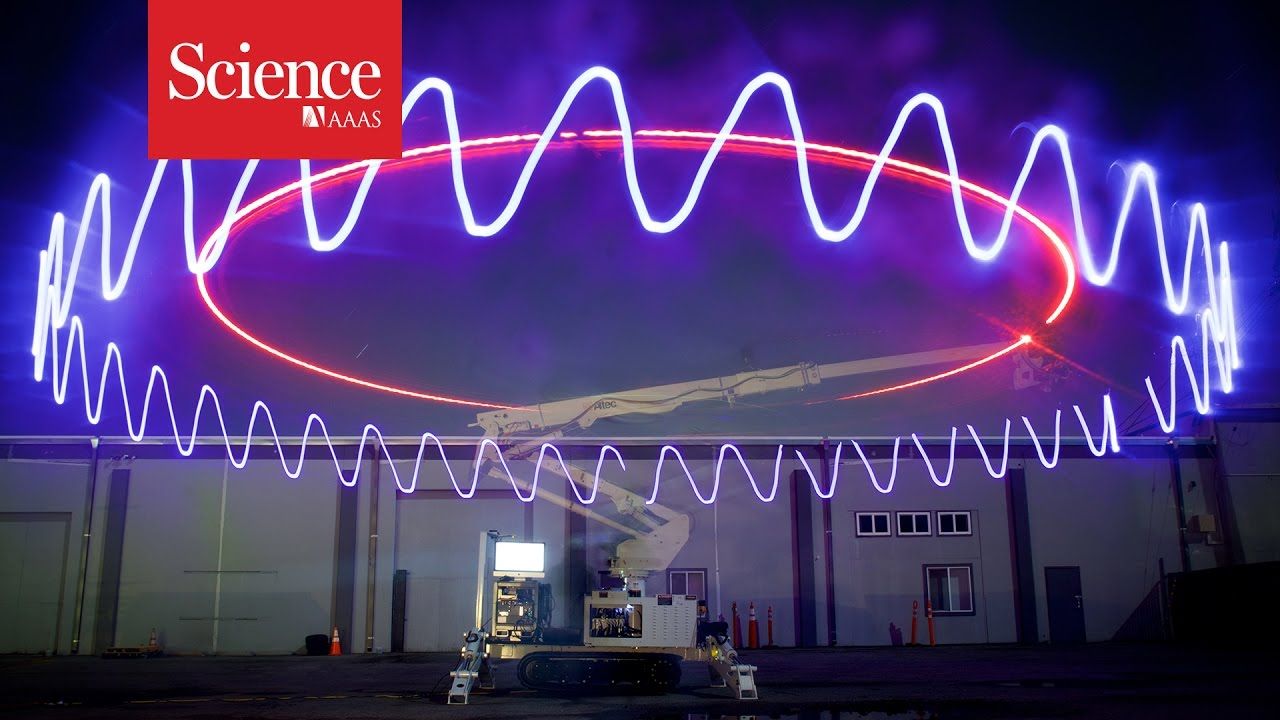
Researchers at the Massachusetts Institute of Technology have created a double-armed, laser-guided robot that can basically 3D print a 50-foot-wide house in less than 14 hours with almost no human intervention. The Digital Construction Platform, described today in Science Robotics, consists of a large hydraulic arm mounted on a platform with motorized treads, plus a smaller electric-powered arm for finer movements. The MIT team programmed the solar-powered machine to spray out foam construction material, layer by layer, to form a 12-foot-high, igloo-like structure big enough to house a family. The researchers hope such robots could someday be sent to the moon, Mars or Antarctica to build “print-in-place” habitats from the materials at hand … or at manipulator.
Apr 25, 2017
How to Turn an Asteroid Into a Spacecraft
Posted by Klaus Baldauf in categories: robotics/AI, space travel
Project RAMA is an idea to turn asteroids into automated spacecraft. It sounds crazy, but it’s amazingly possible.
